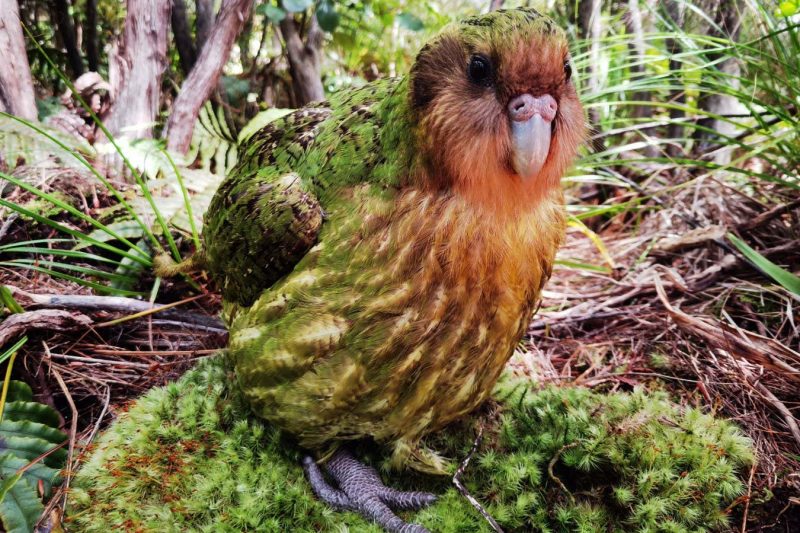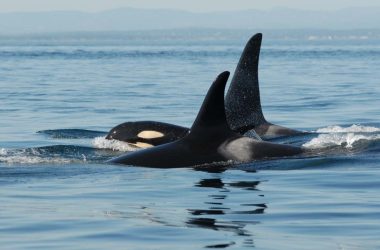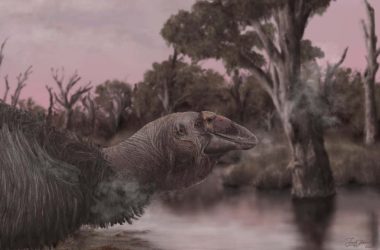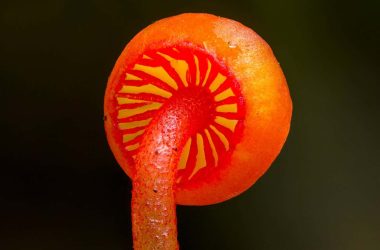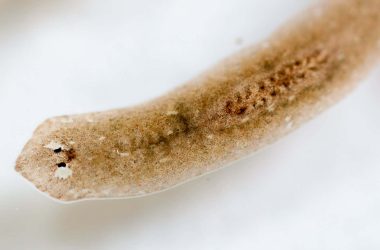Introduction
The critically endangered kakapo, a unique parrot species in New Zealand, is facing numerous threats to its survival. To aid in conservation efforts, researchers have sequenced the genomes of almost all remaining kakapos, providing valuable information for managing and protecting this species.
About the Kakapo
The kakapo is the heaviest parrot in the world and is unable to fly. Its special traits include a long lifespan of up to 90 years and a diet consisting of nuts and seeds that are found on the ground or in trees. Once widespread throughout New Zealand, the kakapo population has drastically declined due to introduced predators.
Genome Sequencing for Management
To address the challenges of managing the small population size and preventing inbreeding, researchers at the University of Otago have sequenced the whole genomes of approximately 90% of the remaining kakapos. This sequencing data is now being used by the Department of Conservation to make decisions about relocating individuals to different islands based on their genetic relatedness.
Improving Genetic Diversity
By prioritizing translocations between less closely-related individuals, the Department of Conservation aims to increase the overall genetic diversity of the kakapo population. This is crucial for their adaptation to future threats and reducing the risk of inbreeding. The selection of individuals for reintroduction to New Zealand’s North Island was also influenced by their genomic data.
Identifying Fitness Traits
The whole genome sequencing of kakapos has enabled researchers to identify genetic variants associated with fitness traits such as egg-laying capacity, chick growth rates, and disease susceptibility. This information can be useful for strategic mate-pairings and identifying vulnerable individuals that require special care.
Implications for Conservation
Sequencing the genomes of critically endangered species, like the kakapo, can significantly contribute to their conservation. As the cost of sequencing becomes more affordable, this approach can serve as a blueprint for conservation efforts worldwide. Understanding the genetic makeup of endangered populations can aid in making informed management decisions and developing targeted conservation strategies.




